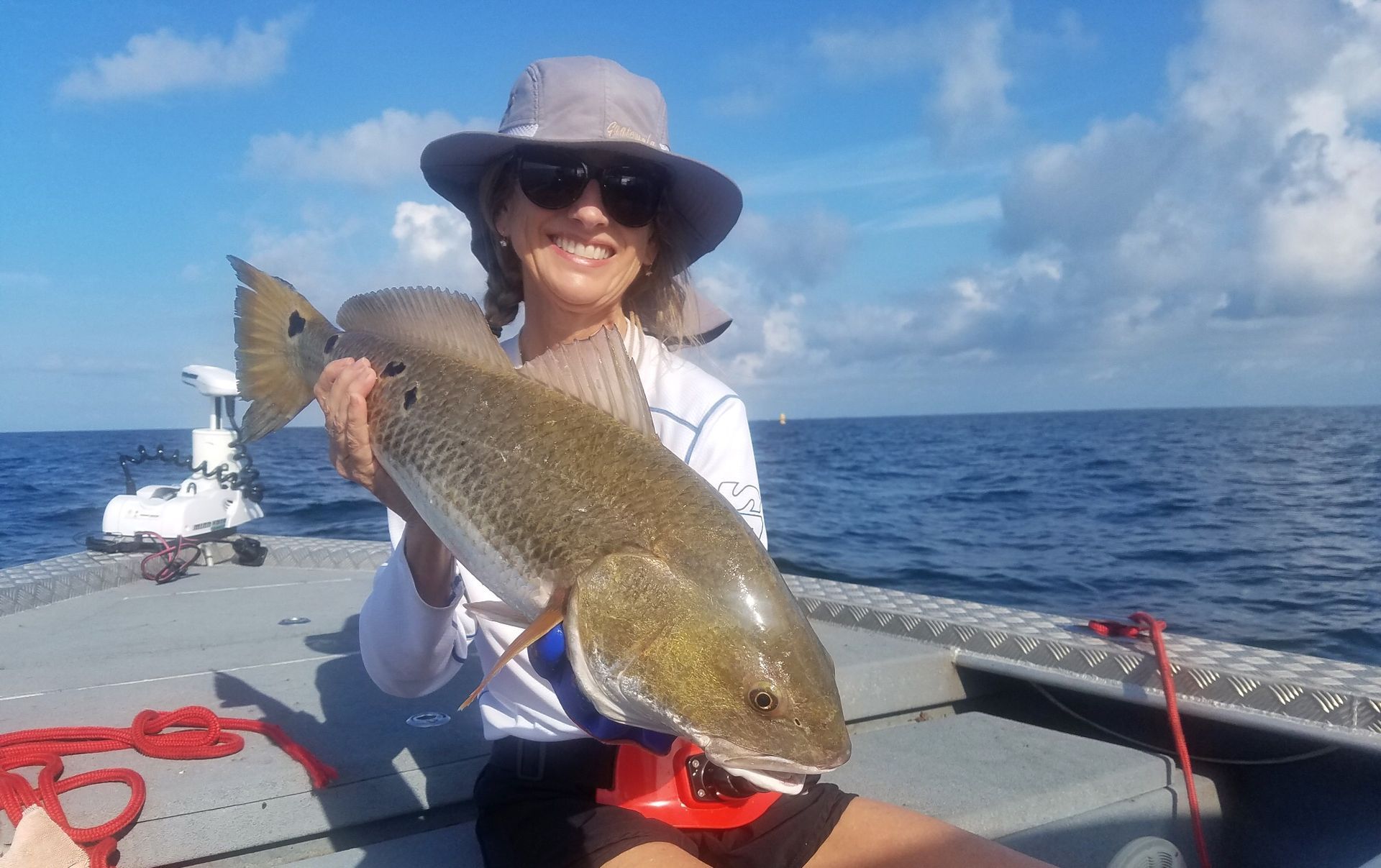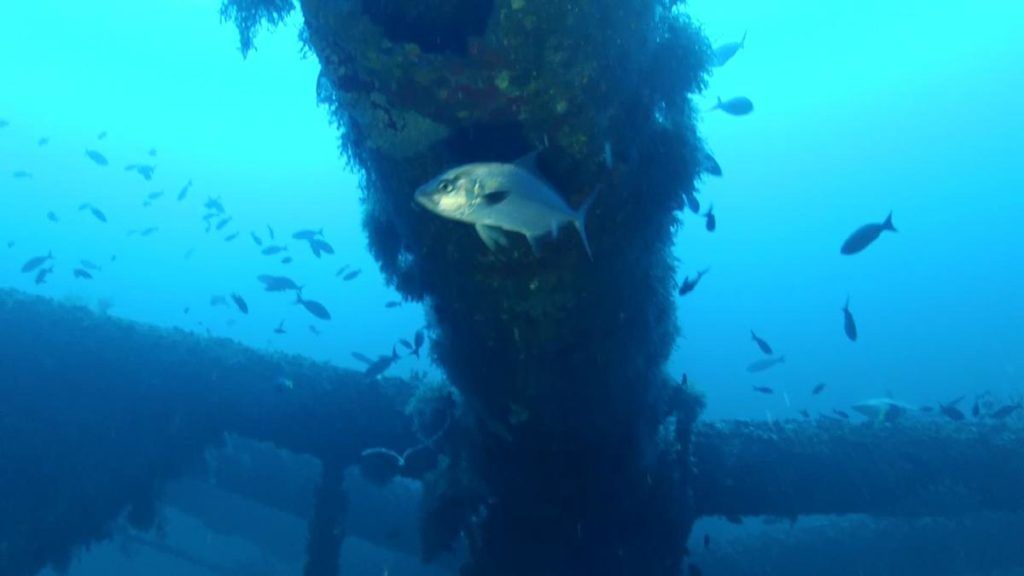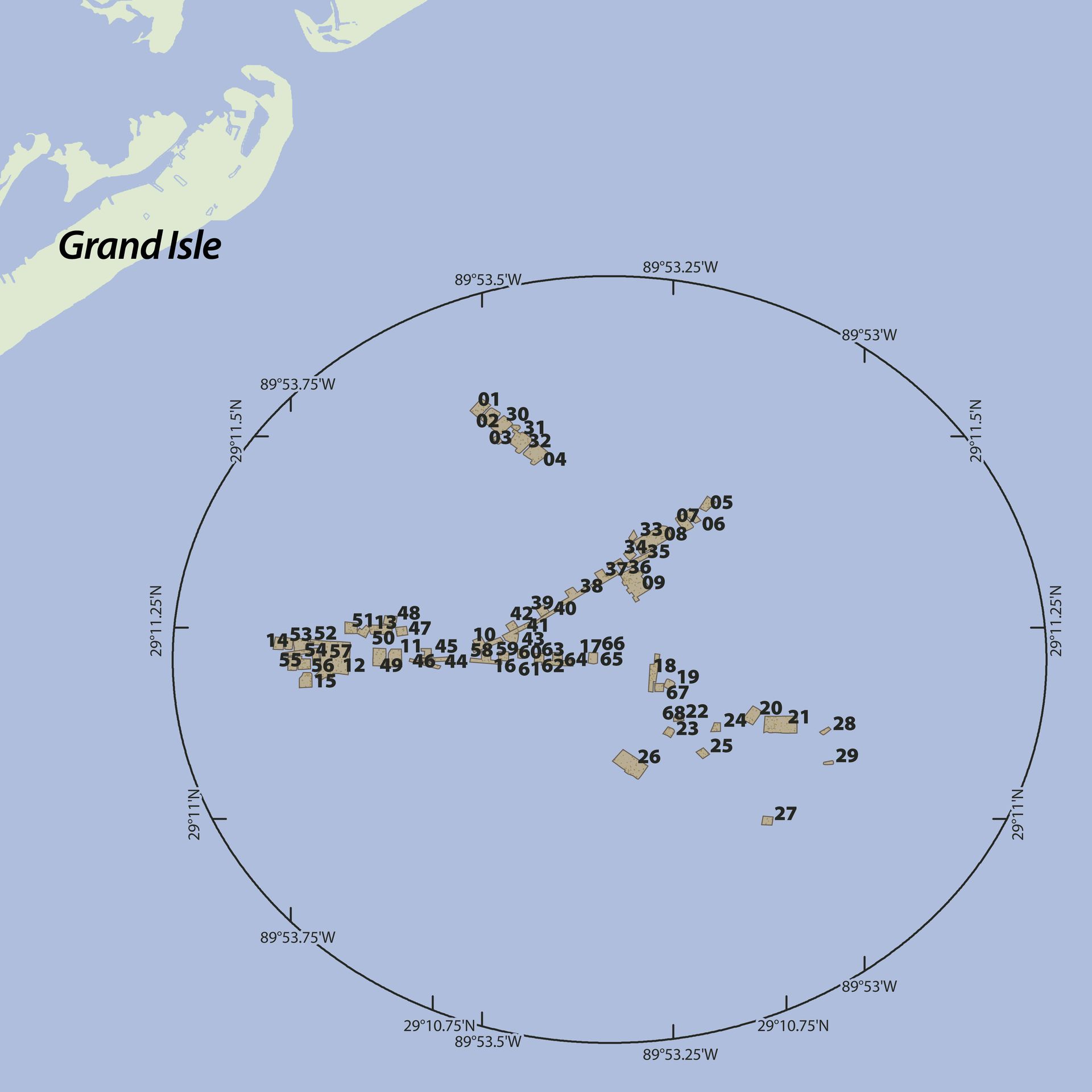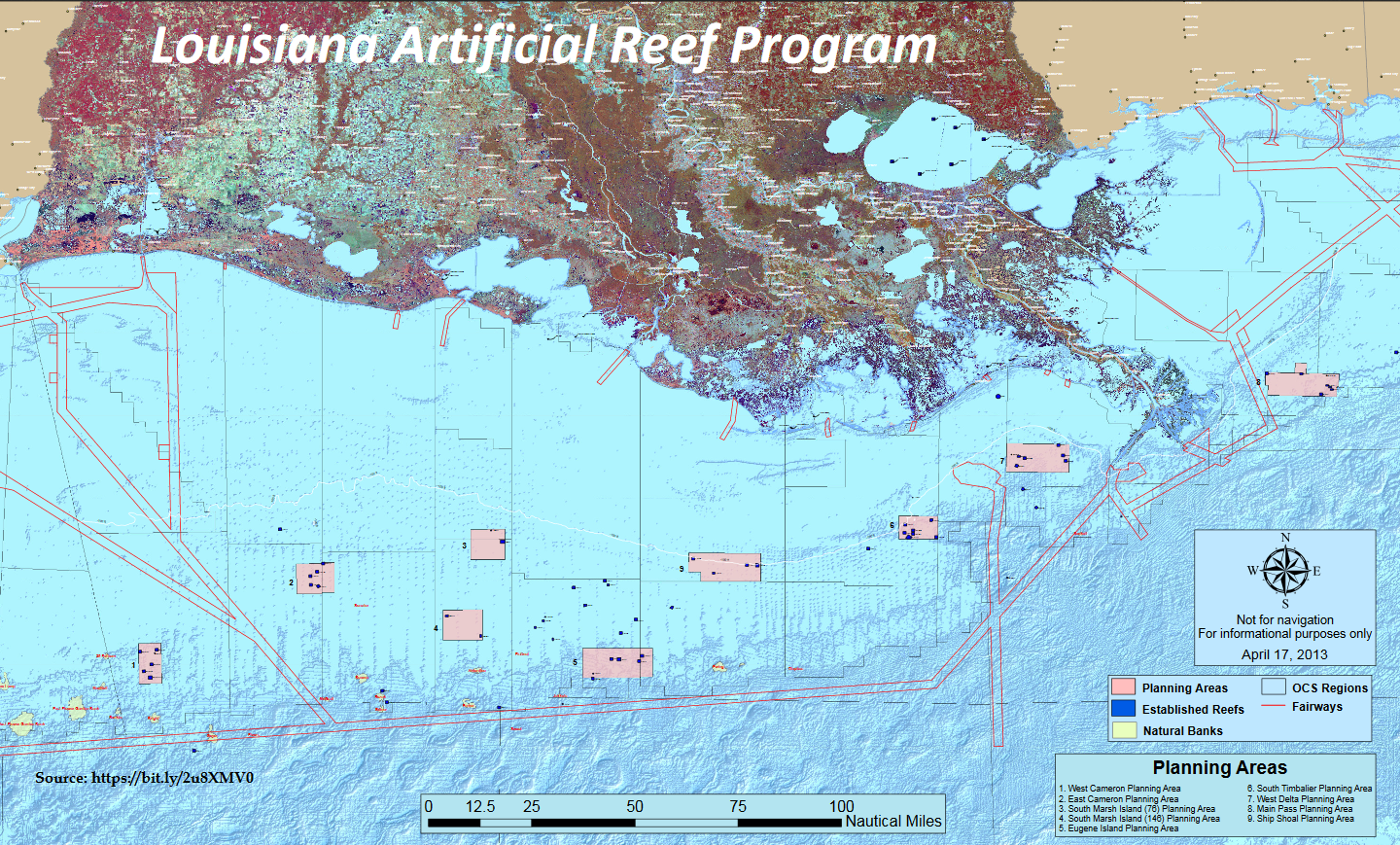World’s largest artificial reef: world record off Grand Isle, Louisiana

Grand Isle, Louisiana, United States--The Louisiana Artificial Reef Program created the a giant artificial reef from the Freeport Sulfur Mine off Grand Isle, Louisiana; now called Grand Isle #9, this huge reef has over 1.5 miles of bridgework and is composed of more than 68 structures and it stands in 42-50 feet of water and has 27 feet of clearance, thus setting the world record for being the World’s largest artificial reef, according to the WORLD RECORD ACADEMY.

"In 1999, the Louisiana Artificial Reef Program created the world’s largest artificial reef from the Freeport Sulfur Mine off Grand Isle, Louisiana. Now called Grand Isle #9, this huge reef has over 1.5 miles of bridgework and is composed of more than 68 structures. It stands in 42-50 feet of water and has 27 feet of clearance," the Louisiana Sportsman says.
"But today, 20 years later, anglers rarely ever fish Grand Isle #9, even on tournament weekends. Perhaps they have forgotten about this fish magnet, since it is not as easy to fish as the standing rigs which only require a rope or a rig hook to be on top of the fish. More than likely, anglers just gave up on fishing it because trying to anchor and get your boat in position takes a lot of effort and probably more than a few anchors.
"Louisiana Sportsman also offers subscribers the 68 way points on the reef in a format that will download straight onto their GPS devices for free. Scroll down to the bottom of this story to download Captain Paul’s Fishing Edge, “Grand Isle Offshore Reef.”

"The Louisiana Artificial Reef Program was established in 1986 to take advantage of obsolete oil and gas platforms which were recognized as providing habitat important to many of Louisiana's coastal fishes. Federal law and international treaty require these platforms to be removed one year after production ceases. The removal of these platforms was seen as a loss of reef habitat," the National Wildlife Federation says.
"Since the program's inception in 1986, more than 70 oil and gas related companies have participated in the program and donated primarily the jackets of oil and gas structures. In addition to material, companies also donate one half their realized savings over a traditional onshore removal into Louisiana's Artificial Reef Trust Fund.
"In 1999, the Louisiana Program created the world's largest artificial reef from the Freeport sulfur mine off Grand Isle Louisiana. The sulfur mine, with over 1.5 miles of bridgework, is composed of more than 29 structures. The reef is in 42‐50 feet of water and has 27 feet of clearance. For safety of navigation it is marked by 5 lighted buoys. Forty (40) Armored Personnel Carriers (APC's) and one offshore tug are also deployed within two offshore artificial reefs."

"The largest inshore limestone artificial reef project in state history dropped the last of its 8,000 tons of limestone last week onto four acres of old oyster reefs along long-submerged Independence Island," The Advocate says.
"The island, now 3 to 4 feet under water, once existed north of Grand Terre and just a few miles northeast of Grand Isle. One of the most popular speckled-trout fishing sites in that area, the island's dying reef habitat gradually has been covered by mud from coastal erosion and hurricanes.
"For several decades — some say more than 50 years — Independence Island has rested beneath the surface, housing channels and crevasses that act like a natural reef by encouraging fish to swarm within it. The shells and oyster reefs — now mainly long dead due to storms, salinity levels and subsidence — once supported the island and continue to be a draw for trout between April and September."

"Established in 1986, the Louisiana Artificial Reef Program takes advantage of obsolete oil and gas platforms which were recognized as providing habitat important to many of Louisiana’s coastal fishes [1]. Participating companies donate materials, and 1/2 of their savings into the Louisiana Artificial Reef Trust Fund,"
The Louisiana Artificial Reef Program - CWPPRA says.
"In 1999, the Louisiana Artificial Reef Program created the World’s largest artificial reef from the Freeport sulfur mine off Grand Isle, Louisiana.
"The Louisiana Artificial Reef Program Has:
- Converted over 400 obsolete platforms into permanent artificial reefs Gulf-wide
- Developed 30 inshore reefs in Louisiana state waters
- Supported 71 oil and gas companies to participate and donate

"An artificial reef (AR) is a human-created freshwater or marine benthic structure. Typically built in areas with a generally featureless bottom to promote marine life, it may be intended to control erosion, protect coastal areas, block ship passage, block the use of trawling nets, support reef restoration, improve aquaculture, or enhance scuba diving and surfing. Early artificial reefs were built by the Persians and the Romans.
"An opportunity artificial reef is built from objects that were intended for other purposes, such as sinking oil rigs (through the Rigs-to-Reefs program), scuttling ships, or by deploying rubble or construction debris. Shipwrecks may become artificial reefs when preserved on the seafloor. A conventional artificial reef uses materials such as concrete, which can be molded into specialized forms (e.g. reef balls). Green artificial reefs incorporate renewable and organic materials such as vegetable fibres and seashells to improve sustainability and reduce energy consumption, pollution, and greenhouse gas emissions.[4] In some cases, artificial reefs have been developed as artworks.
"Artificial reefs generally provide hard surfaces where algae and invertebrates such as barnacles, corals, and oysters attach and spaces where different sizes of fishes can hide. The accumulation of attached marine life in turn provides intricate structures and food for assemblages of fish. The ecological impact of an artificial reef depends on multiple factors including where it is situated, how it is constructed, and the ages and types of species involved." (Wikipedia)

"The Louisiana artificial reef program (LARP) is the largest rigs-to-reef program in the world, and is unique in its almost exclusive use of oil and gas structures for reef construction. In 1986, Louisiana became the first state to create an artificial reef program under the guidance of National Fishing Enhancement Act and authorization of the Louisiana Fishing Enhancement Act," the Research Gate says.
"Currently, LARP has created over 83 artificial reef sites using over 120 decommissioned platforms. Operators that donate a platform as an artificial reef can often lower the cost of decommissioning below the cost to bring the platform to shore for disposal. Many factors are involved in the decision to convert a rig into a reef, and subsequently, the cost savings associated with reefing.
"The purpose of this paper is to describe the regulatory background of LARP, to discuss the nature of the cost savings associated with reef donation, and to derive quantitative relations that predict the donation amount based on characteristics of the structure. The frequency of rig donations as a function of water depth and planning area are provided, and regression models of the donation are developed based on the structure size, water depth, removal method, and proximity of the platform to the permitted reef site. Priorities for future research are also identified."
Photos: World’s largest artificial reef: world record off Grand Isle, Louisiana
(1-6) Louisiana Sportsman


